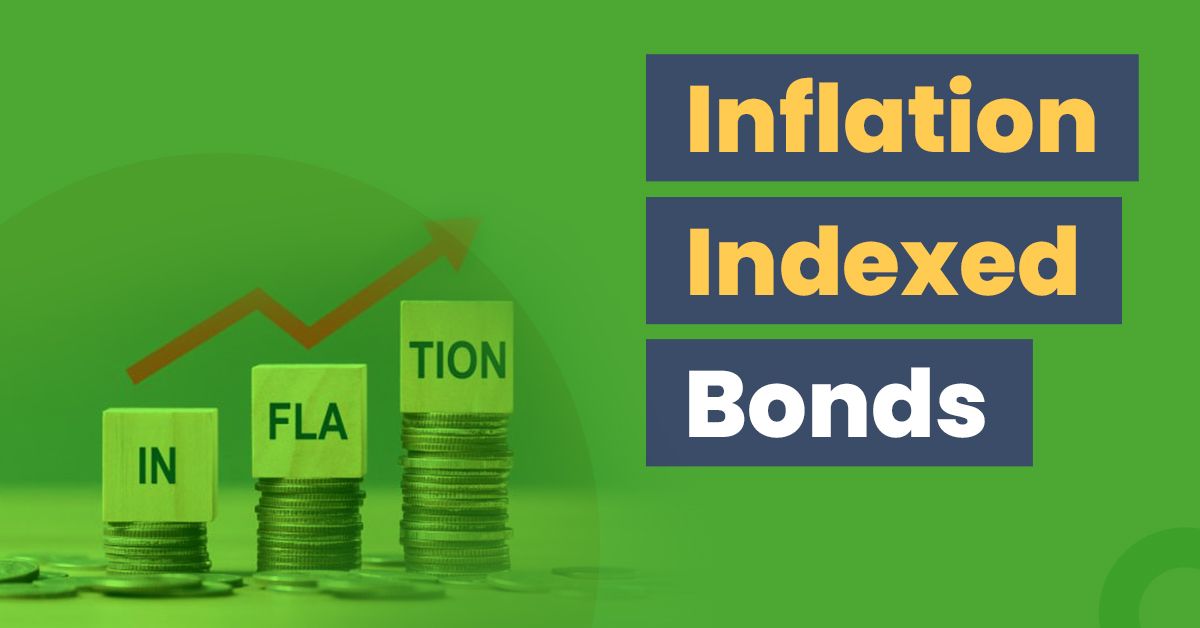What is inflation indexed bonds and how can adoption be improved in India?
Upstox
3 min read • Updated: February 24, 2024, 4:15 PM
Summary
Ernest Hemingway said that the first panacea for a mismanaged nation is inflation of the currency; the second is war. Both bring permanent ruin. Economists have advocated for Inflation Indexed Bonds since the 1960s (as per IMF). The indexation in financial markets can help domestic savings and wealth building.

What are inflation indexed bonds?
Inflation-indexed bonds (IIBs) are fixed-income securities that are intended to protect investors from the rising inflation rate. This means that the bond's principal value and interest payments will rise as the rate of inflation increases. They are issued by the government and interest on these bonds is paid semi-annually.
Let’s understand this through an example.
Consider you purchased an inflation-indexed bond with a face value of ₹5,000. If the inflation rate is 5% over the next year, your bond's value will rise to ₹5,250. You will also receive interest payments based on the bond's new value.
What are its advantages?
Inflation Indexed Bonds are inflation-proof. Both their principal amount and interest part have a security net against the detrimental effects of inflation. So, in times of hyperinflation or recession, purchasing power isn’t hampered. Such bonds can provide stable returns in difficult times. Most importantly, inflation indexed bonds can help diversify your portfolio.
How can I invest in these bonds?
There are several options for investing in these bonds- the government, banks, and brokerage firms. The two most common ways to buy inflation-indexed bonds in India are through Inflation Indexed National Saving Securities - Cumulative and Index Funds - ETFs. The government sells these bonds as a tool for investors to protect their money from the consequences of inflation. So, you as an investor can purchase inflation-indexed bonds from banks, brokerages, and internet platforms.
The minimum amount that you can invest in an IIB in India is ₹5000 in a year. And the upper limit is ₹10 lakh per year. However, an institution can invest up to ₹25 lakh.
How can Indian inflation indexed bonds be improved?
In India, you can hold an IIB for 10 years. This could be extended to a longer period, thus giving investors a longer-term alternative for hedging against inflation.
The IIB market in India is relatively less liquid. This makes it difficult for investors to purchase and sell bonds. So, increasing liquidity in the market would make it more attractive to investors. Thus, this improves the performance of IIBs in the investment market.
IIBs are largely targeted at institutional investors. The government could do more to promote IIBs to retail investors, who could benefit from the inflation protection that IIBs provide.
Conclusion
IIBs work as an incentive to savings, thus have a social welfare purpose. Plus, they are a lower-risk investment option.
These bonds serve as a hedge against inflation. So, they are a good investment choice to protect your savings from the effects of inflation.